Broccoli leaves turning purple
rangerbubba
15 years ago
Featured Answer
Sort by:Oldest
Comments (21)
denninmi
15 years agostephen_albert
15 years agoRelated Professionals
Montgomeryville Landscape Architects & Landscape Designers · Canton Landscape Contractors · Hartford Landscape Contractors · Peabody Landscape Contractors · Allentown Landscape Contractors · Columbine Landscape Contractors · Dinuba Landscape Contractors · Dixon Landscape Contractors · Fairview Landscape Contractors · Fort Atkinson Landscape Contractors · Fountain Valley Landscape Contractors · Lynn Landscape Contractors · Nanuet Landscape Contractors · Spring Landscape Contractors · Hockessin Driveway Installation & Maintenancerangerbubba
15 years agostaticx
15 years agobella_trix
15 years agorangerbubba
15 years agoengineeredgarden
15 years agobella_trix
15 years agorangerbubba
15 years agomacheske
15 years agothefarmguy
15 years agoknittlin
15 years agoJoe Bergeson
5 years agoLoneJack Zn 6a, KC
5 years agoyolos - 8a Ga. Brooks
5 years agoLoneJack Zn 6a, KC
5 years agolast modified: 5 years agoAmy W.
5 years agoLoneJack Zn 6a, KC
5 years agoyolos - 8a Ga. Brooks
5 years agoAmy W.
5 years ago
Related Stories
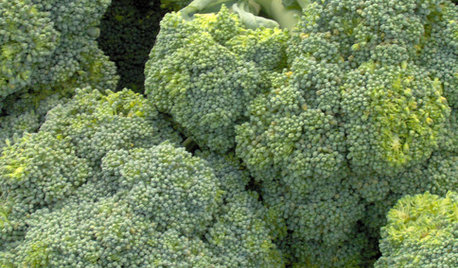
COOL-SEASON CROPSCool-Season Vegetables: How to Grow Broccoli
Packed with vitamins, broccoli is a nutritional powerhouse and is easy to grow in a fall or spring garden
Full Story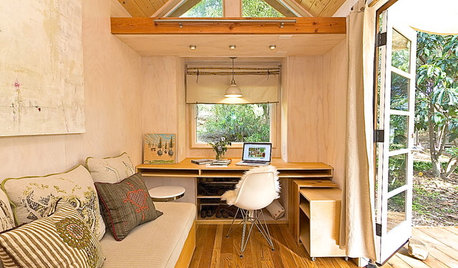
LIFEYou Said It: ‘I’m Never Leaving’ and More Houzz Quotables
Design advice, inspiration and observations that struck a chord this week
Full Story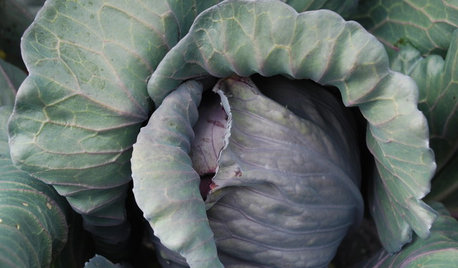
REGIONAL GARDEN GUIDESWelcome the Turning Season: Advice for Your September Garden
Roll with the cooler weather by planting away. Our gardening guides tell you what plant picks are best for each U.S. region
Full Story
GREAT HOME PROJECTSTurn That Spare Room Into a Walk-in Closet
New project for a new year: Get the closet you’ve always wanted, starting with all the info here
Full Story
COLORFUL HOMESHouzz Tour: Turning Tradition on Its Head in Vermont
Leopard-spotted stairs, Victoriana paired with Lucite and other daring style moves give a home in a shire a completely new twist
Full Story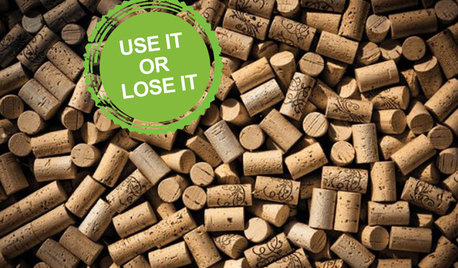
DECORATING GUIDESTurn Your Corks Into Home Décor
Are the wine corks piling up in your house? Learn how to recycle or reuse these versatile, sustainable stoppers
Full Story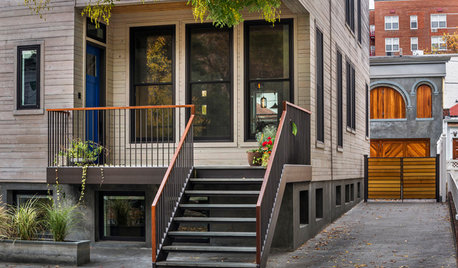
HOUZZ TOURSHouzz Tour: A Brooklyn Townhouse Takes a Warm, Contemporary Turn
Softening a traditional boxy shape creates better access and a more interesting look for a Brooklyn family home
Full Story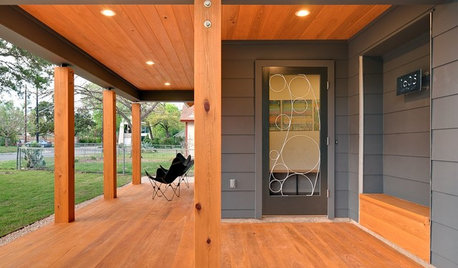
FUN HOUZZSculptor Susan Wallace Turns Screen Doors Into Art
No more boring screen doors! Texas metal artist creates unique grillwork for doors, windows and public spaces
Full Story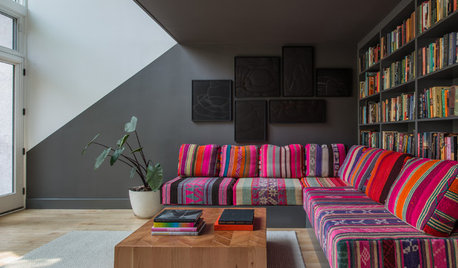
COLORCase Study: Turn Your Wall Colors Into Art
Give your walls an artistic edge with creative color blocking that complements your architecture
Full Story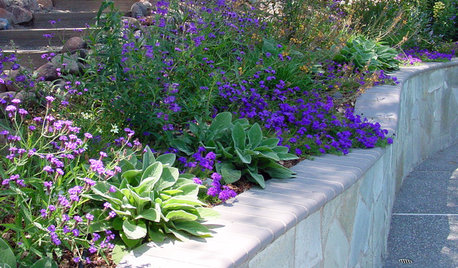
GARDENING GUIDESGreat Design Plant: Glandularia Rigida Paints the Ground Purple
Sandpaper verbena's deep purple flowers create a colorful carpet in drought-tolerant gardens
Full Story






Michael